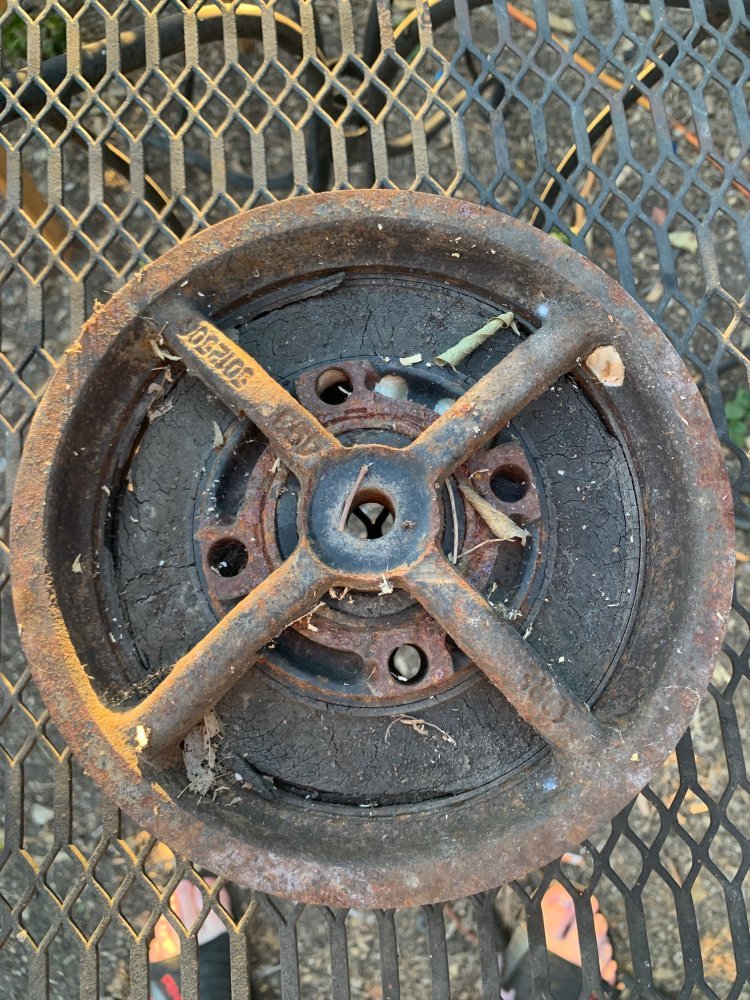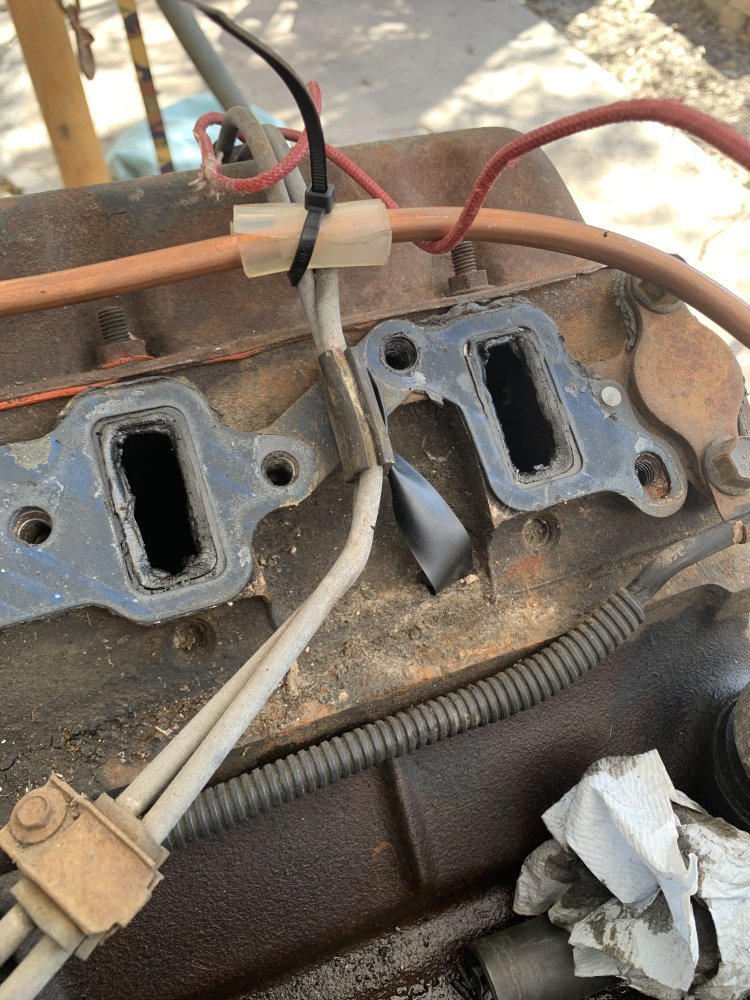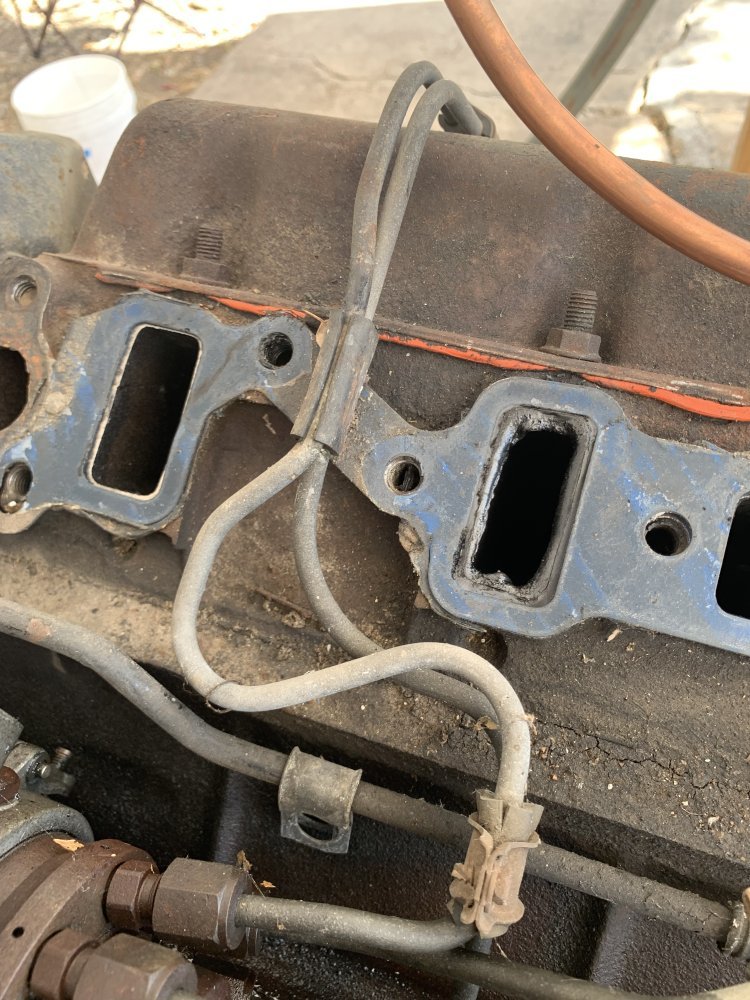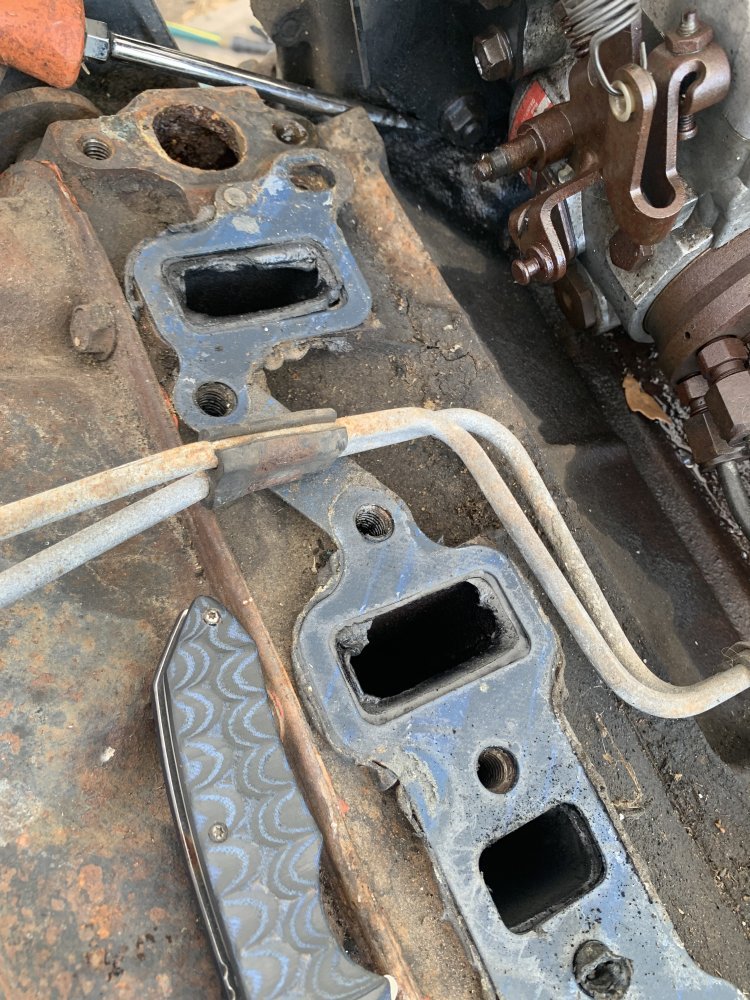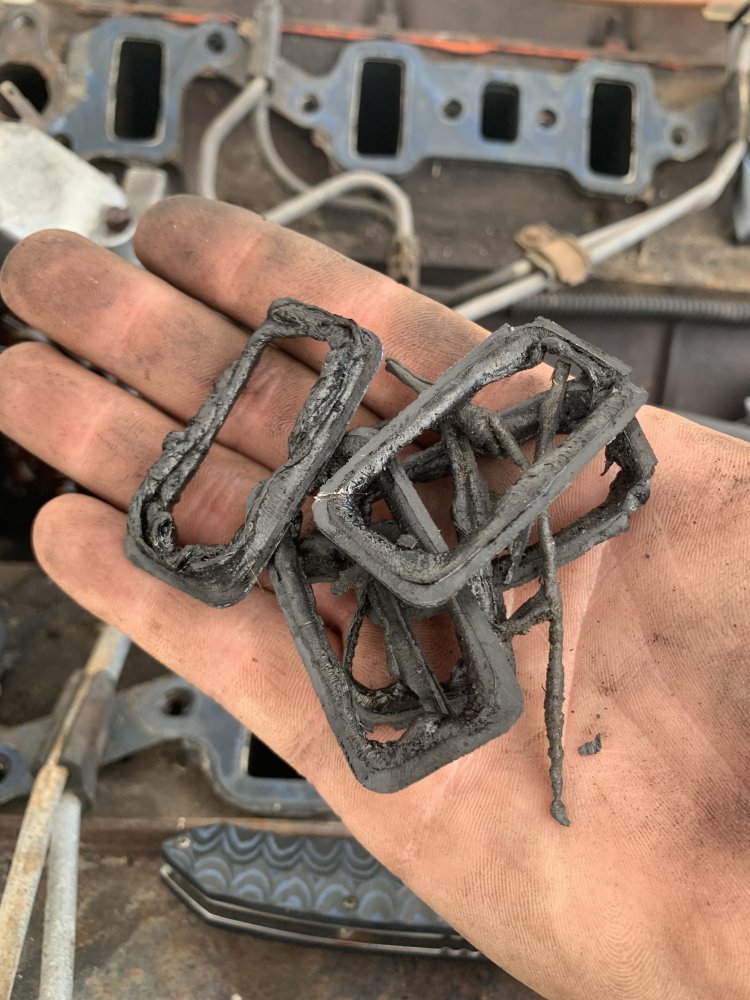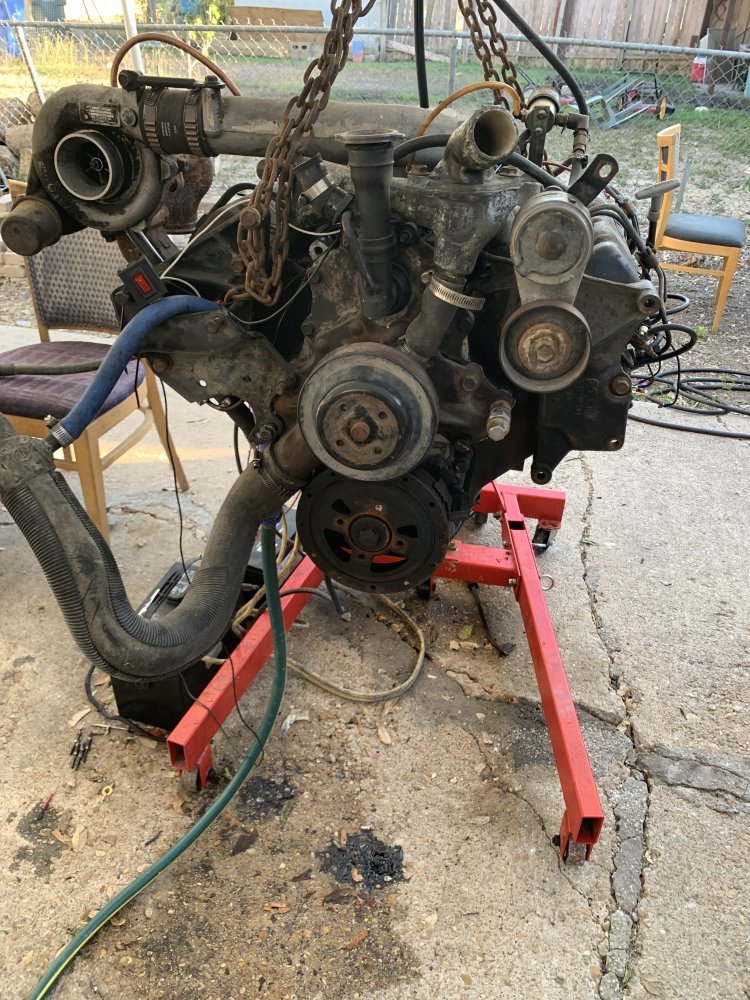dbrannon79
I'm getting there!
Well guys, I'm reviving this old thread. I didn't realize just how long it's been since I brought this engine home!
catching up to now, I finally got it put together enough to test fire the engine. Has stolen some parts off from it for the 93 truck like the top cover to the IP among other things.
installed a new fuel shutoff solenoid I ordered from amazon into the IP top cover and verified it worked. then test fired it. it took a few times over the coarse of a few days but it runs.
the engine lops around at idle and then smooths out as you increase the throttle. oil pressure stays at a constant 40psi cold (only ran it a total of about 5 minutes), no knocking yet. I also confirmed it has long body injectors comparing to some others I have, the line nuts are up against the turbo side manifold.
Here is two videos of it running..
catching up to now, I finally got it put together enough to test fire the engine. Has stolen some parts off from it for the 93 truck like the top cover to the IP among other things.
installed a new fuel shutoff solenoid I ordered from amazon into the IP top cover and verified it worked. then test fired it. it took a few times over the coarse of a few days but it runs.
the engine lops around at idle and then smooths out as you increase the throttle. oil pressure stays at a constant 40psi cold (only ran it a total of about 5 minutes), no knocking yet. I also confirmed it has long body injectors comparing to some others I have, the line nuts are up against the turbo side manifold.
Here is two videos of it running..

